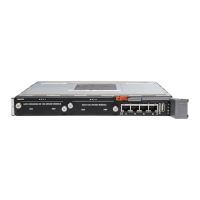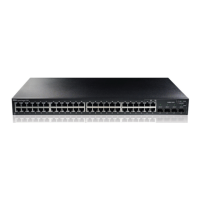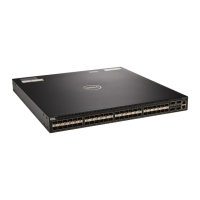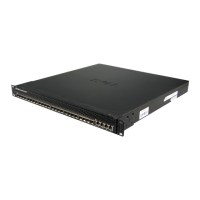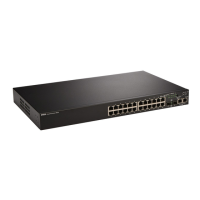ipv6 unicast-routing
Enable IPv6 Unicast routing.
Syntax
ipv6 unicast-routing
To disable unicast routing, use the no ipv6 unicast-routing command.
Defaults Enabled
Command
Modes
CONFIGURATION
Command
History
Version 9.2(0.0) Introduced on the MXL 10/40GbE Switch IO Module.
Usage
Information
Because this command is enabled by default, it does not appear in the running
configuration. When you disable unicast routing, the no ipv6 unicast-routing
command is included in the running configuration. Whenever unicast routing is
disabled or re-enabled, the system generates a syslog message indicating the
action.
Disabling unicast routing on a chassis causes the following behavior:
• static and protocol learned routes are removed from RTM and from the CAM;
packet forwarding to these routes is terminated
• connected routes and resolved neighbors remain in the CAM and new IPv6
neighbors are still discoverable
• additional protocol adjacencies (OSPFv3 and BGP4) are brought down and no
new adjacencies are formed
• the IPv6 address family configuration (under router bgp) is deleted
• IPv6 Multicast traffic continues to flow unhindered
show ipv6 cam stack-unit
Displays the IPv6 CAM entries for the specified stack-unit.
Syntax
show ipv6 cam stack-unit unit-number port-set {0-1} [summary |
index | ipv6 address]
Parameters
unit-number Enter the stack unit’s ID number. The range is from 0 to 11.
port-set Enter the keyword Port Set.
summary (OPTIONAL) Enter the keyword summary to display a table
listing network prefixes and the total number prefixes which
can be entered into the IPv6 CAM.
index (OPTIONAL) Enter the index in the IPv6 CAM.
ipv6-address Enter the IPv6 address in the x:x:x:x::x/n format to display
networks that have more specific prefixes. The range is
from /0 to /128.
IPv6 Basics
683

